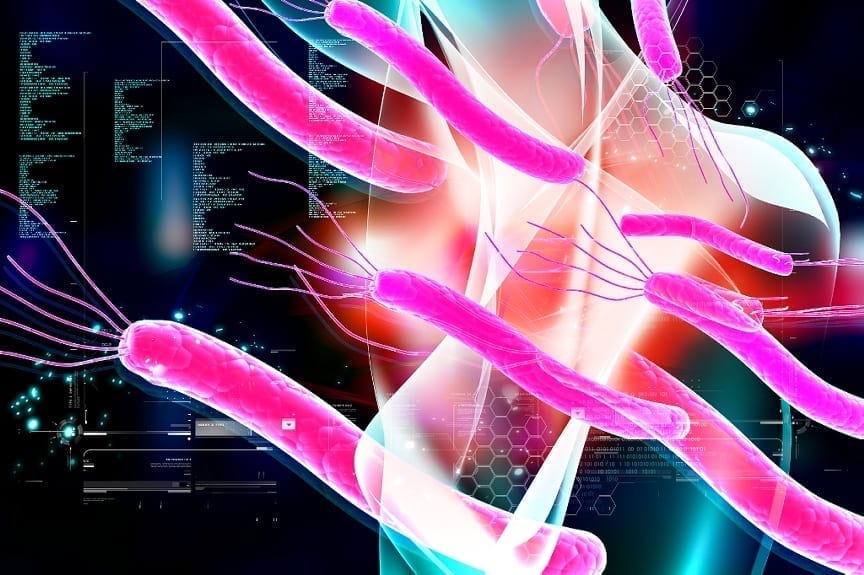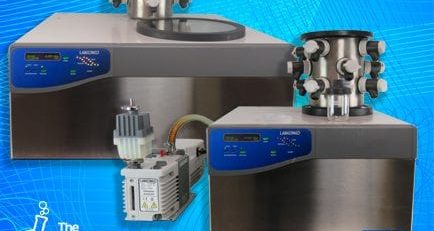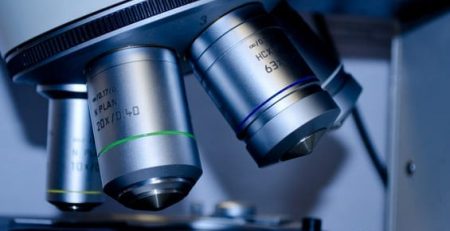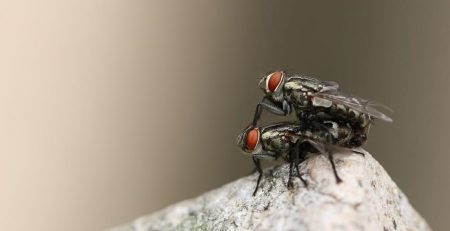Gene Mutations In mtDNA May Not Be As Rare As Believed
The human genome is absolutely incredible. There is a symphony of genes turning on and off at different points throughout life and the genome is capable of mutating over the course of a lifetime. Ultimately, the genetic code in one cell might not match the code of another cell. It was recently announced that similar mutations were discovered in people who weren’t even related, implying that mutations aren’t as random as they have been believed to be. This study was published in PLoS Genetics by a research team led by Scott Williams of Dartmouth’s Geisel School of Medicine.
Mutations can occur in DNA at any time, though that does not necessarily mean it will be harmful. Errors during replication and environmental factors like exposure to UV light can produce mutations. Mutations in the gametes (sperm and egg cells) can be passed down to children while somatic mutations (those that happen in the rest of the body) that happen later in life are not. When mutations occur later, they only progress down their lineage, meaning that the genome in the cells with mutations will be different from an unaffected cell somewhere else in the body. It may be hard to tell exactly how many different genomes one person can have.
The DNA in the mitochondria (mtDNA) is passed down exclusively from the mother via the egg. The mitochondria are responsible for converting food into ATP, which the cells need for energy. Mutations that occur in mtDNA after birth should not affect the entire body but be tissue-specific, depending on where the mutation happened. This study claims that not only are mutations in mtDNA more common than previously thought, but the process may not be entirely random. Taking tissue samples from ten areas of the body from non-related test subjects, the team found that the same mutations were found in the same three tissues. This study was performed on an admittedly small test group of only two individuals, but if the results hold up to further study on larger groups it could have profound implications for genetic individuality. DNA is used as a marker for things like paternity testing, forensic testing, and determining risk for inherited diseases. If completely unrelated people produce the same mutations in the same locations, it might impact how those genetic tests are interpreted.
Future study may also give clues about the aging process by understanding how mutations accumulate over a lifetime. Samples would need to be taken from a larger group over the course of many years before that would be well understood. Currently, the research team plans to focus on analyzing the entire genome of the two test subjects in order to determine if there are any other novel similarities.














